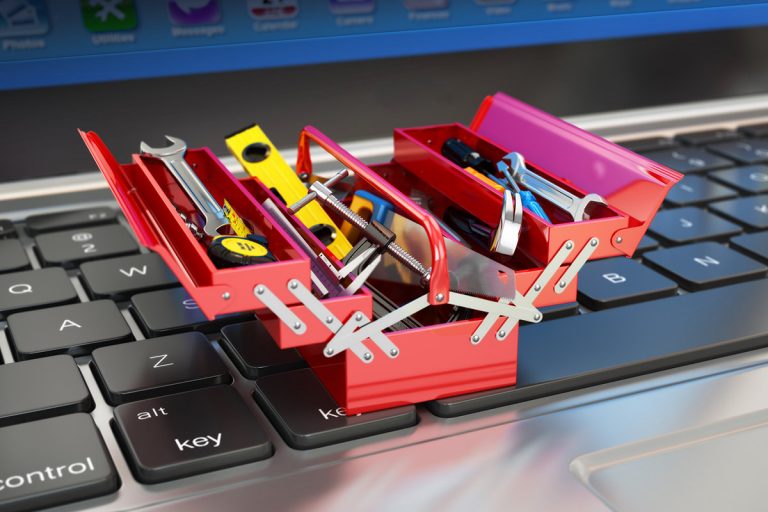Everybody knows that the macOS is a reliable operating system. Still, like other laptops, your MacBook can still encounter some problems. And as a MacBook user, you need to know the most common troubleshooting steps that you can do before you panic and call a technician for an expert macbook repair. When your MacBook starts acting up, then here’s what you can do.
Reboot Your MacBook
A reboot is usually the first aid trick to repair simple MacBook problems. But of course, this will depend on the issue that you are having. Rebooting is the simplest fix for a misbehaving application. So before you do anything else, try to power it off and turning it back on.
Reset PRAM and NVRAM
To reset both PRAM and NVRAM, you need to turn your MacBook off and power it back on. Then press and hold the Command-Option-P-R before the startup sound. Hold the keys down until the unit restarts and you hear the start-up sound once again. This time, release the keys.
Safe Mode Boot
To do this, restart your MacBook then press and hold the Shift key until the progress bar starts. Booting into Safe Mode deletes the additional caches. And once in Safe Mode, start rebooting normally without holding Shift.
Reset the SMC
To reboot the System Management Controller (SMC) on a Macbook, you need to power it off first. Then unplug the MagSafe or the USB-C power adapter from the unit. Then using the built-in keyboard, press Shift-Control-Option and Power at the same time. Hold these keys for 10 seconds, then release. Reconnect the power adapter and try to power it back on.
Clear Caches Folders
If the MacBook is running slow when using the internet, try clearing the cache folders. Most applications heavily use cache and sometimes, they can be corrupted. And these are usually the ones causing the problems. To clear the cache, open Finder and press Command-Shift-g. Then type ~/Library/Caches. In the folder, drag all of its contents to trash or press Command-Shift-Delete.
Update To Latest macOS Version
Every time a new macOS version is released, Apple is fixing bugs and issues. So if you have the older version of the OS, then you can try updating to the latest one through the App Store to try and fix your MacBook problems.
Reinstall macOS
This is usually the last resort when all efforts fail. Reinstalling the macOS is the most invasive. However, there are times that this is the only solution to a MacBook problem. But before you consider doing this step, ensure that you have made multiple backups to avoid losing your data. If you have special configuration settings, make sure that you take note of those too. The quickest way to do this is through the Recovery Mode.
If you have tried all of these troubleshooting steps yet your MacBook is still showing signs of issues, then it is time to call an expert technician. They are the ones with the experience and knowledge, and sometimes, tools that you don’t have. Make sure that you inform the technician of the troubleshooting steps that you have done to save time.

